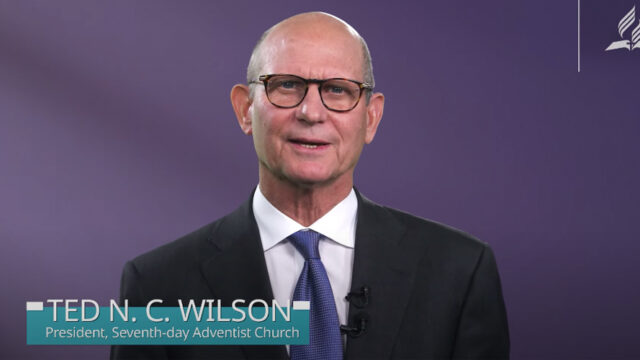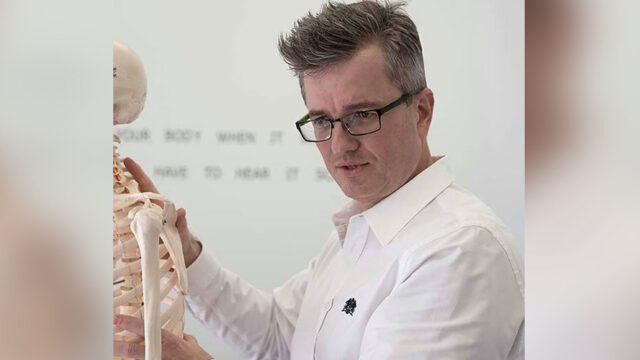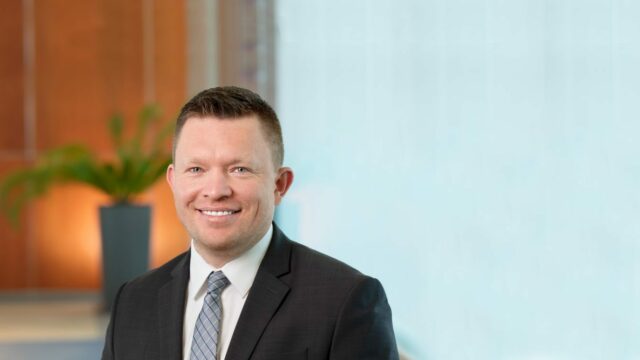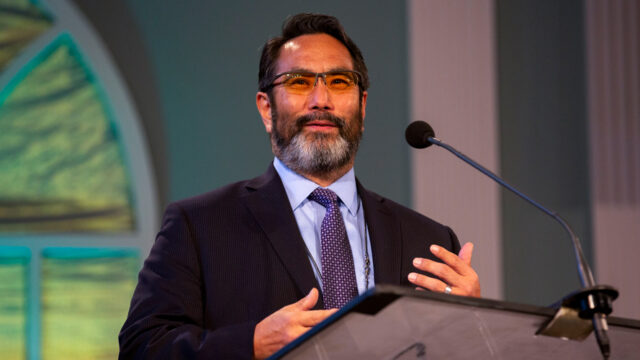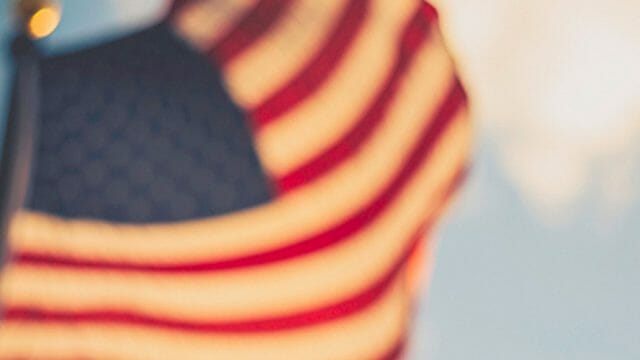Mission trip to Mexico renders unexpected service to a girl who lost an arm.
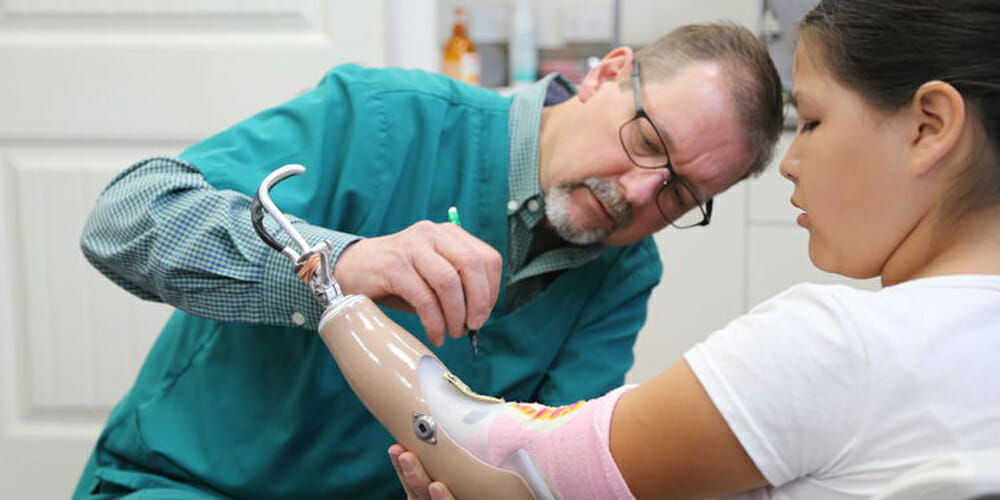
During a weekend student mission trip to paint an orphanage in Baja California, Mexico, Michael Moor could not have anticipated he would have the opportunity to dramatically change the life of one little girl.
Moor, instructor of orthotics and prosthetics at Loma Linda University School of Allied Health Professions in Loma Linda, California, United States, said the original plan was for the student mission group to paint playground equipment at the Door of Faith Orphanage, one of the largest orphanages in Baja California. But news of the group’s arrival soon traveled to a local health-care center, Siloé Wellness Center in La Misión — run by co-founder and medical director Sarah Mayer, a Loma Linda University alumna.
When Mayer found out the mission group had representatives from the orthotics and prosthetic and the physical therapy and occupational therapy departments, she asked if Moor and a small student team would be willing to see a few patients the next day. The health-care center is unable to offer orthotics and prosthetic specialty services to patients.
“We assessed four patients in one day, fashioning molds and prostheses using supplies from the health-care center and the local hardware store,” Moor said. “But one case was significantly more complex.”
At seven years old, Miranda had been the victim of an equestrian accident. While she was leading a horse from the back of a four-wheeler, the rope wrapped around her arm as the horse spooked. The wild mare sprinted away, and the noose tightened, dismembering Miranda’s arm at the elbow from her body.
After the accident, she was given a passive arm prosthetic designed to look like a natural arm, without active movement or functionality. Now at nine years of age, Miranda had not only outgrown the prosthetic arm but was unable to do everyday tasks like tying her shoes without the help of others.
“I knew that successful treatment would require multiple follow-up visits and a custom, body-powered hook prosthetic,” Moor said.
Moor left Mexico with the promise of returning the following month with a new, functioning arm and hand for Miranda.
In May 2019, Moor returned to Mexico with a group of orthotics and prosthetics students to fit Miranda with her new arm.
After the fitting for Miranda, with her mother at her side, Moor asked her to complete a first task using her body-powered prosthetic by picking up a specific rubber band from a large bag of multi-colored bands. He told her to choose her favorite color in the bunch. Moor said that without thinking, the girl plunged her good arm into the bag to select a green rubber band. He told her, “Wait, try that again, but this time, use your new hand.”
Miranda was able to choose a rubber band from the bag on the first attempt using a body-powered hook prosthetic device operated by a cable system that uses body movements, like shoulder shrugging, in order to open and close the hook-shaped device.
“Her mother burst into tears and embraced her daughter. Together they celebrated with long hugs, smiles, and tears,” Moor said. “It was a blessing to be part of that life-changing moment.”
Because of the success of the multi-disciplinary student team, Moor has volunteered to lead rehabilitation-focused student mission trips to Mexico every other month.
“We can accomplish so much in just one short weekend of international service,” Moor said.
Mission trips are organized by Students for International Mission Service (SIMS), part of the Global Health Institute at Loma Linda University Health.
The original version of this story was posted on the Loma Linda University Health Outreach site.


